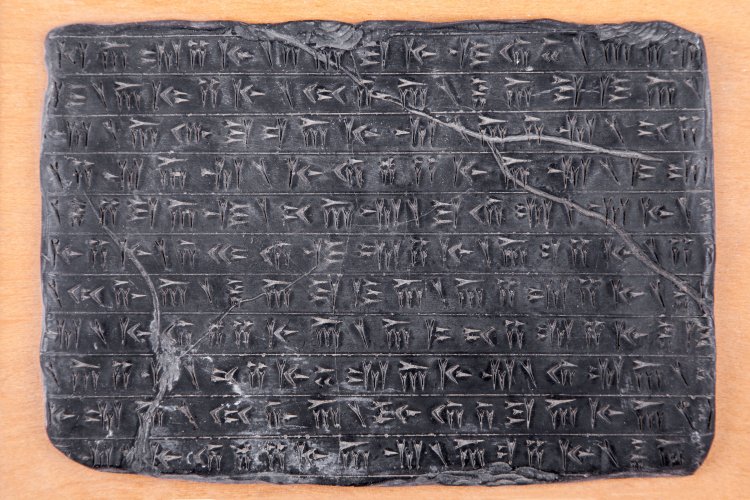Exactly 219 years ago, the German literature teacher and antiquities researcher Georg Friedrich Grotefend presented the world’s first translation of the Babylonian cuneiform. He presented a report to the Göttingen Academy of Sciences, and although the audience was skeptical about the message, this event marked the beginning of deciphering the ancient Persian cuneiform script.
Thanks to his extraordinary mind, Grotefend was able to decipher the names in cuneiform and reproduce the features of Babylonian bureaucratic procedures. In 1802, he presented his Latin-language paper “Preliminary report on the reading and interpretation of the so-called cuneiform inscriptions from Persepolis” to the Göttingen Academy of Sciences. The academicians refused to publish it because Grotefend was just an amateur orientalist and there was no great trust in him in the scientific community. The first publication of Grotefend’s translation took place only three years later – in 1805.
Today, the work of the German researcher occupies a proper place in the history of Oriental studies and is recognized by scientists. At the beginning of the 19th century, after Grotefend’s research, Danish, Swedish, and English scientists continued the study of Babylonian cuneiform.
The article is based on open sources.
Photo: khosrork / 123RF






















